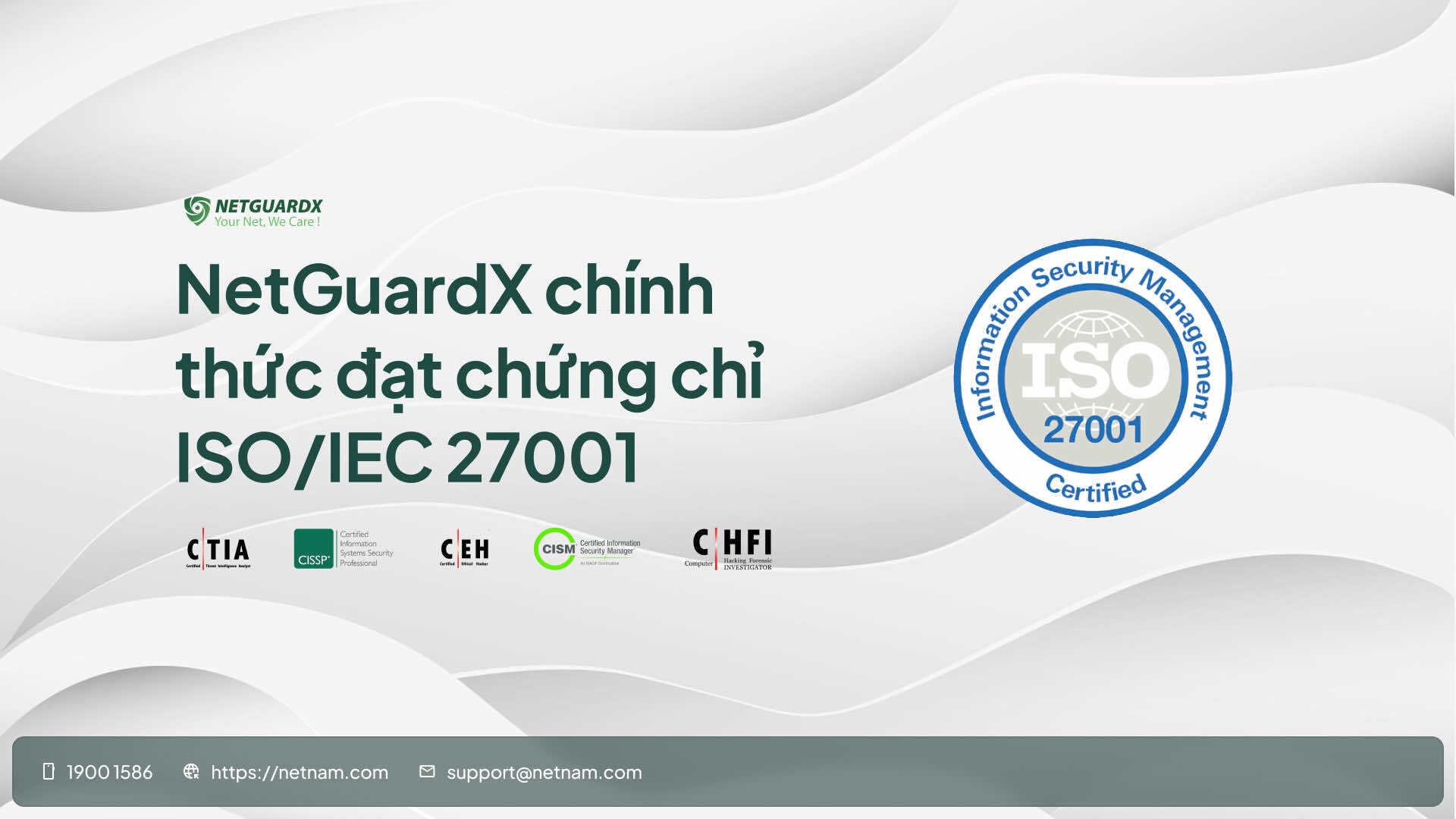Optimize Downtime and Operations: The Trend of Managed IT Services for Enterprises

Downtime is not just a technical glitch. It is a moment when the entire business pays the price in lost revenue, damaged reputation, and diminished customer trust. To break free from this cycle, managed services offer a proactive approach where systems are closely monitored, risks are addressed early, and operational continuity becomes a given.
Is Downtime Truly “Unavoidable”?
In an environment where enterprises rely heavily on digital platforms, downtime is often seen as an inevitable risk. Beyond financial losses, downtime erodes customer trust, lowers productivity, and puts additional pressure on already overloaded IT teams.
Research shows that nearly 40% of organizations reported experiencing serious downtime incidents caused by human error in the past three years. This indicates that the solution is not to accept downtime, but to redefine how systems are managed and monitored. In the digital era, managed IT services have emerged as a strategic key to reducing downtime, optimizing operations, and ensuring business continuity.
Downtime: A Disruption Risk Threatening Operational Efficiency
Downtime is not just a technical failure, it is a strategic barrier to a company’s digital journey. When systems stop, the impacts appear across three critical dimensions:
- Financial: Revenue loss, disrupted transactions, high recovery costs
- Customers: Broken experiences, higher risk of churn
- Internal IT Teams: Overload, long overtime hours, and higher error rates

Customer experience disrupted by downtime, reflecting its negative impact on business performance.
Downtime often results not only from infrastructure issues but also from operational errors. A misconfigured command, an accidentally deleted file, or an untested update can trigger disruptions. When these factors coincide, the system becomes unstable, causing direct business and reputational impacts.
Investing in new equipment is necessary but not sufficient. Sustainable solutions require strong IT governance with experienced teams, standardized processes, and robust monitoring mechanisms. Only when people, processes, and technology work in harmony can enterprises achieve continuous, safe, and stable operations.
The Trend of Managed Services in the Digital Era
As enterprises depend more on complex IT infrastructure, the self-managed model shows clear limitations. Internal IT teams struggle to monitor, maintain, and resolve issues while lacking resources to keep pace with rapid technological change. The results are longer downtime, higher risks, and rising costs.

Management application issues disrupting daily enterprise operations.
These pressures have made managed IT services an inevitable trend. Instead of building large in-house teams, enterprises outsource infrastructure management, including networks, servers, applications, and cybersecurity, to specialized partners. This approach relieves internal IT burdens and ensures higher efficiency through standardized processes, advanced monitoring tools, and experienced engineers.
Modern managed services go beyond “keeping systems stable.” They include advanced security models like Zero Trust, MFA, and 24/7 SOC/SIEM monitoring. With stronger risk controls, enterprises avoid prolonged outages, maintain near-continuous uptime, meet international compliance requirements, and strengthen competitiveness while scaling globally.
This model is no longer limited to technology firms. Manufacturing, retail, e-commerce, banking, and healthcare are also embracing managed IT services. For mission-critical systems such as production lines, retail POS, core banking, and electronic medical records, managed services have become essential to ensuring seamless operations and safeguarding corporate reputation.
- Process standardization: All access management follows strict security and operational policies, ensuring scalability and visibility.
- Performance optimization: Precise access control and efficient resource allocation maintain system stability.
- Reduced IT workload: Automating routine tasks allows internal IT to focus on strategic initiatives.
- Scalability and flexibility: Enterprises adapt quickly to technology changes without operational disruption.
By shifting from reactive to proactive, enterprises can predict and prevent risks before they escalate. With managed services, organizations can maintain stable operations and focus resources on long-term growth objectives.

Managed services enable IT teams to focus on strategy and drive enterprise growth.
Managed IT Services: A Strategic Pillar for Global Enterprises
At the operational level, managed services optimize resources and reduce IT workload. At the strategic level, they provide the foundation for comprehensive IT governance. Even the strongest infrastructure cannot stay stable without synchronized processes, advanced management tools, and skilled professionals. When these three factors come together under managed services, IT systems operate securely, stably, and with room to expand.
For multinational enterprises, the challenge extends beyond easing IT workloads. They must also maintain 24/7 global uptime and comply with international standards such as GDPR and ISO 27001. To meet these demands, IT infrastructure requires structured, proactive governance. Managed IT services deliver strategic value by:
- Standardizing global processes: Reducing risk across multiple branches and staff layers while ensuring consistent data governance.
- Automating routine tasks: Eliminating human error in configurations and speeding up access requests.
-
Global proactive monitoring: Detecting anomalies across regions and responding in real time to maintain stability.
Through this approach, enterprises sustain business continuity while remaining agile enough to scale and adopt new technologies.

Managed IT services ensure stability, safety, and global scalability for enterprises.
Start Managed IT Journey with NetNam
With over 30 years of ICT experience, NetNam has partnered with global and local enterprises to deliver stable, secure, and efficient infrastructure management. This practical experience enables NetNam to understand organizational challenges and design IT governance aligned with international standards.
NetNam’s expert team not only implements complex projects but also commits to supporting enterprises throughout operations. The focus remains on ensuring uptime and delivering services that meet SLA commitments, keeping customer IT systems safe and continuously available.
Contact NetNam today for a tailored managed IT roadmap aligned with business goals.
Contact NetNam:
- Hotline: 1900 1586
- Email: support@netnam.vn
- Website: www.netnam.com
Submit your request









